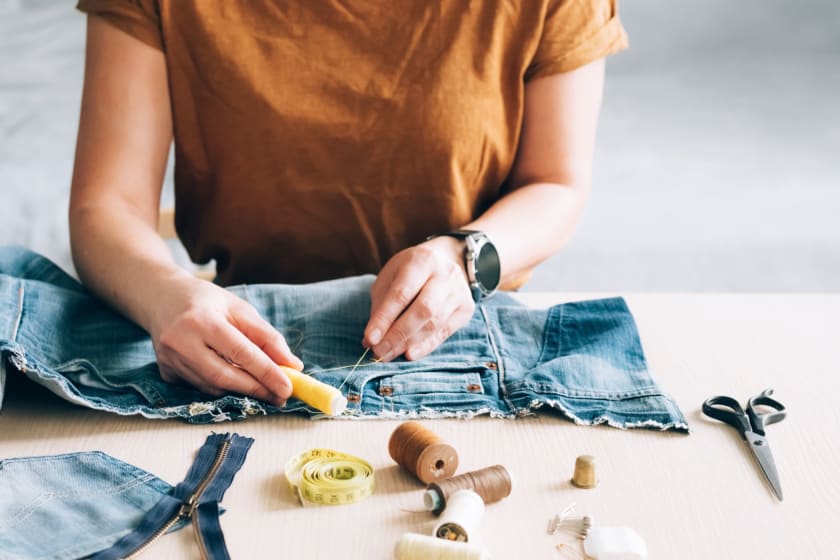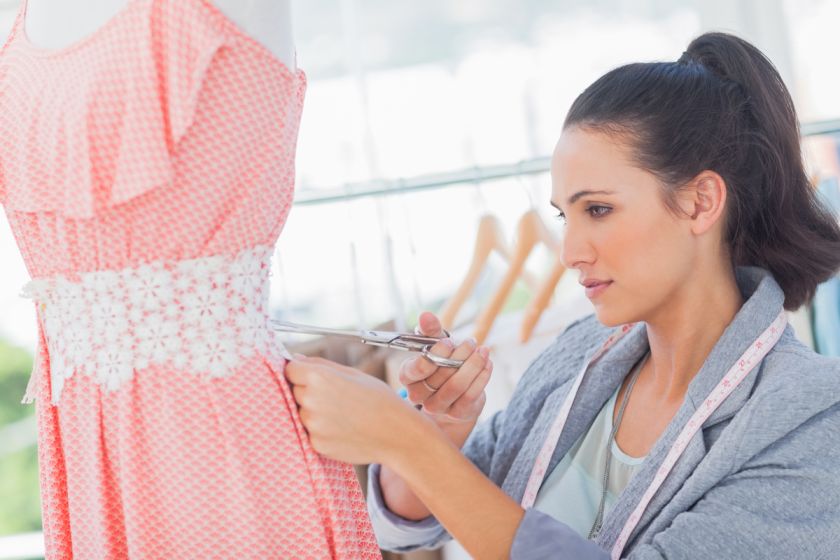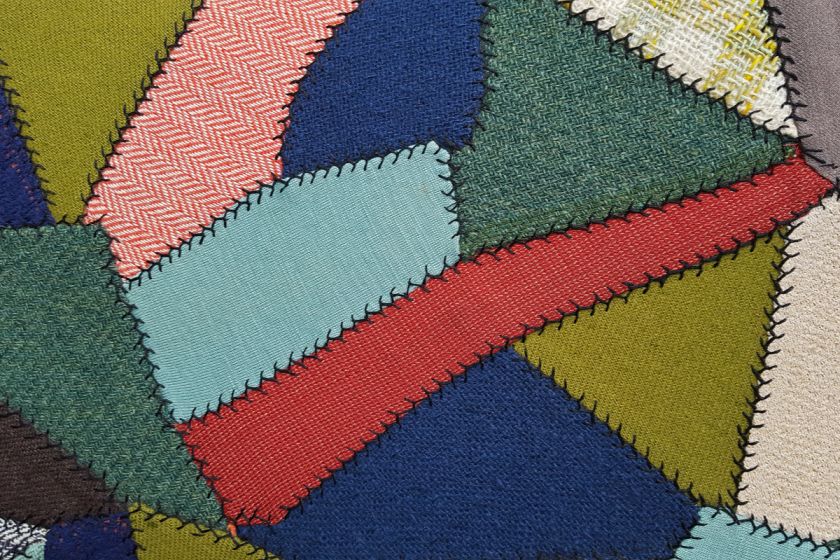What Is The Fixing Fashion Initiative?



With the fashion industry expanding rapidly, there is a wide-scale accumulation of waste clothes. Due to this stockpiling of discarded or out-of-fashion clothes, fashion designers have launched a campaign to revive these fashion outfits known as the fixing fashion initiative. This is a way to stop the mass production of garments that may end up getting discarded. This is an innovative way to make the fashion industry more sustainable than it was in the past years. The need for this initiative can be well understood from the fact that approximately 92 million tonnes of textiles are discarded globally.
What Is Fixing Fashion Initiative?
Duch fashion designer Dave Hakkens has started this initiative to reduce the accumulation of fashion waste. However, in his campaign, he is not promoting a fashion brand or a fashion repair line but is focussing on self-sustainable fashion practices. He wants to teach the masses techniques with which they can fix their fashion.
Explaining his fixing fashion initiative, Dave says, “ a lot of sustainable fashion efforts concentrate on garment origins, and encourage solutions for buying. Fashion doesn’t require anything new. There are enough clothes for the next ten years. It is time to stop buying new clothes, reduce waste and reuse what we have. Fixing Fashion does not try to sell you anything, but It teaches people how to maintain their clothes by taking better care of them, repairing and upgrading them.”
What In The Need Of This Initiative?
Fixing fashion is needed because garment waste is increasing day by day due to fashion trends, such as fast fashion and clothes made with blended fabrics.
To Smother The Ill Effects Of Fast Fashion

Fast fashion is a kind of fashion line that is inspired by a celebrity or any trend. These clothes are made of cheap quality and are discarded as soon as the trend begins to fade away. Furthermore, these discarded clothes get piled up creating a lot of cloth waste that cannot be treated as these clothes constitute toxic chemicals, such as lead, arsenic, and mercury.
Counter Blended Fabrics
Many clothes manufactured today are made from blended fabrics, which are of different colors, and therefore, it becomes tough to reuse those clothes. This is why only 12 percent of the total clothes that are discarded get recycled.
The clothes that are discarded are either burnt or buried. Therefore, this results in large-scale land pollution. Fixing fashion initiatives is the ultimate solution to all these issues.
To Make Fashion Sustainable
By using techniques of fixing fashion, anyone can make their cloth, which will be sustainable and look cool. You can imitate several Instagram influencers who are already promoting sustainable fashion practices.
Techniques Used In Fixing Fashion
Fixing fashion initiative works with the techniques that our grandmas have been using to repair their clothes. To understand it more vividly, let’s take some examples and look at the making principle behind this initiative.
5 R’s Of Fixing Fashion
As stated by Hakkens, fixing fashion uses 11 different techniques, which he claims will be able to repair almost 99 percent of the total cloth waste accumulating in the fashion world. His technique can be classified into five different categories.
- Remake the clothes.
- Repairing damages in the clothes to make them wearable.
- Recolour clothes to make them look attractive once again.
- Resize the clothes to make them a perfect fit and avoid buying new clothes.
- Redecorate your attire to make it align with the changing fashion trends.
Some tips shared by David Hakkens that can be used in fixing fashion are as follows -
Combine Two Old T-shirts
We often discard our old t-shirts because they get torn from one side. They are either out of fashion or have gotten discolored. In such cases, you can cut two shirts of the same size and cut them symmetrically, and join them to make a new dress, subsequently reducing the waste which would have been created by these t-shirts individually.
Dye Them Traditionally
Hakkens suggests that people can dye their discolored clothes using the Japanese Shibori dying method. Shibori is an effortless dyeing technique that is similar to tie-dyeing. The only difference between these methods is that in this method, garments are folded instead of getting tied.
Apply Patchwork

Patches are often seen as something that a poor person will use to fix their clothes. But the people who use patches are the true heroes of nature. All these sustainable practices are borrowed from a fashion community known as thrift flippers. Thrift flippers are a community of people who transform clothes collected for charity shops into trendy garments.
Use Felts
If you have too many holes in your dress and plan to throw away your dress, don’t. Instead, use felts to cover those holes. You can also make dated styles on the clothes to make them look attractive.
Creating New Dresses Out Of Waste
Hakkens also suggested that instead of throwing out clothes, people can combine them to make a dress of their own. One can use their creativity to design a new cloth.
Benefits Of Fixing Fashion
The primary benefit of fixing fashion, according to Hakkens is that if after repairing, a piece of cloth can be worn for at least 9 months, it will reduce its impact on the environment by almost 20- 30 percent. Moreover, he says that the set of training programs that he has released will train common people to make sustainable clothes themselves. This program aims to educate people to reuse their clothes more fashionably, so they don’t hesitate to wear repaired clothes.
When this initiative gains momentum, it will give rise to a new community that will share ideas and techniques that they have learned from their grandparents. This community will eventually influence others, creating an environment where sustainable fashion is prevalent.
Along with reducing cloth waste, this initiative also aims at reducing the number of chemicals and plastic whose level is increasing to dumping waste clothes in residential areas. Anyone who wants to preserve nature’s treasure should be a part of the fixing fashion initiative.
Challenges To Fixing Fashion
The obvious challenge is the lack of worldwide acceptance of repaired clothes. People often tend to buy new clothes rather than applying patches or unnecessary stitches to them. Moreover, the changing trends also force people to opt for new types of clothes. This, in turn, increases the waste as they will discard these clothes once it’s no more trendy. Therefore, the movement needs support from people from all walks of life, especially celebrities whom the commoners look up to for fashion ideas. If these celebrities adopt sustainable fashion practices, a fashion revolution is sure to come.
Once the masses approve this type of cloth, this sustainable fashion will become a sustainable clothing practice and become a new fashion line. If you are also a cloth manufacturer and want to make a sustainable fashion line, get in touch with Fashinza. Fashinza is a B2B apparel manufacturing platform. We help clothing brands to manufacture their collections by connecting them with suppliers. We overlook the entire production process from design to delivery - our partner brands only need to place the order. Our chief offering is our platform using which brands can place an order, track it, receive daily production updates, communicate with manufacturers, and make payment.



















